1: Check your tires! Not only does each car and tire have a specified pressure for how much air to keep in the tires, but check for wear too. Everyone drives more in the summer as we all get outside and enjoy the nice weather. That means more ware on your tires and vehicle. If your tread looks like it's disappearing, or worn out unevenly give us call. Also, remember to regularly check your tire pressure to make sure you have the right amount. Having the right amount of air in your tires is critical to maintaining proper stability and fuel economy on the road. You will gain or loose one pound of pressure per 10 degrees.
2: Check your battery! The summer heat can make the fluid in your battery evaporate faster. This can cause corrosion and effect your battery's ability to hold a charge. If you think your battery needs to be serviced, give us a call. We'll help you extend your battery life by checking the fluid levels, making sure there are no cracks, and cleaning the connections so they are rust, corrosion and oxidation free.
3: Wash your car! This is probably the one that most people don't do, but should. Summer is hot and that means your car has to work harder to stay cool. If you have mud caked on the underside of your vehicle, or even worse it gets up into the underside of your car that can cause it to run hotter. The crud from the road and all the things you pick up driving around from being out and about aren't good for your vehicle either. That's doubly true for bird poop, which is acidic and will eat into the paint if you leave it. So break out the suds and give your ride a wash. If you don't want to do it yourself, head to the nearest car wash and let their professionals handle it. Your car will thank you!
4: Have your radiator checked. The radiator is responsible for keeping your car running at a constant temperature. Any cracks or leaks here will cause you to loose valuable fluid necessary to keep your car from overheating. If the engine or transmission overheat, it can result in severe damage to your vehicle and an expensive repair bill. Your cooling system and radiator levels should be checked at the end of the summer season when hot temperatures could have caused coolant to evaporate.

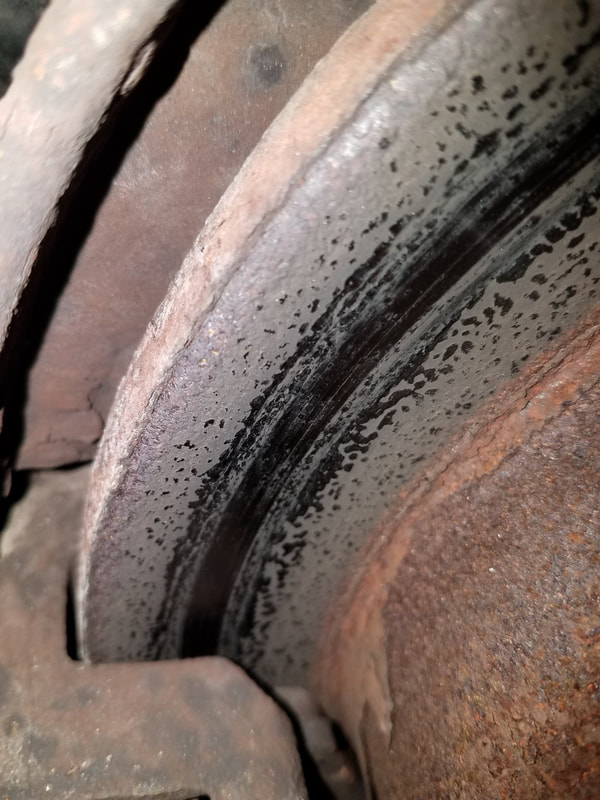
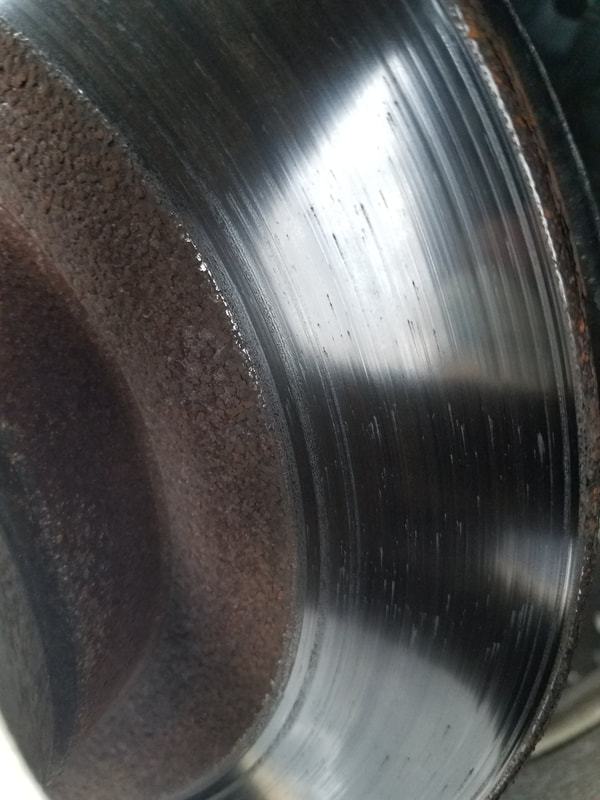
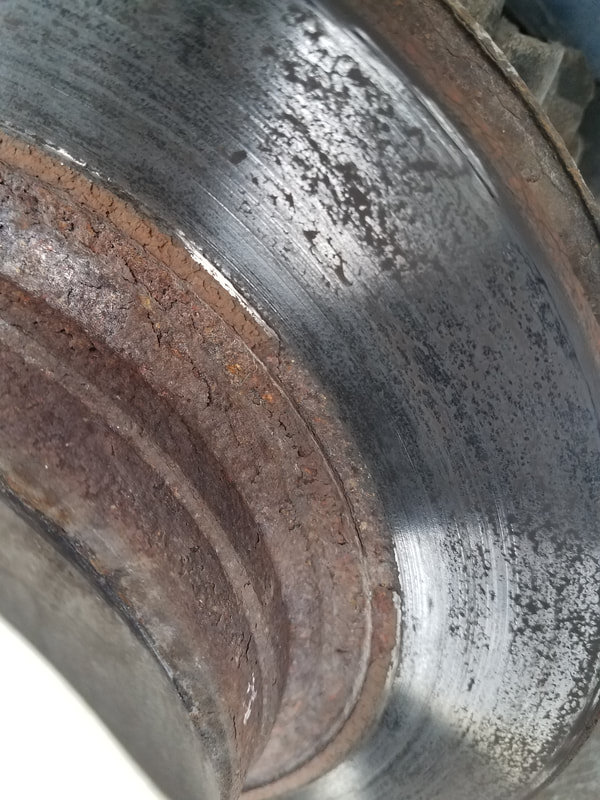
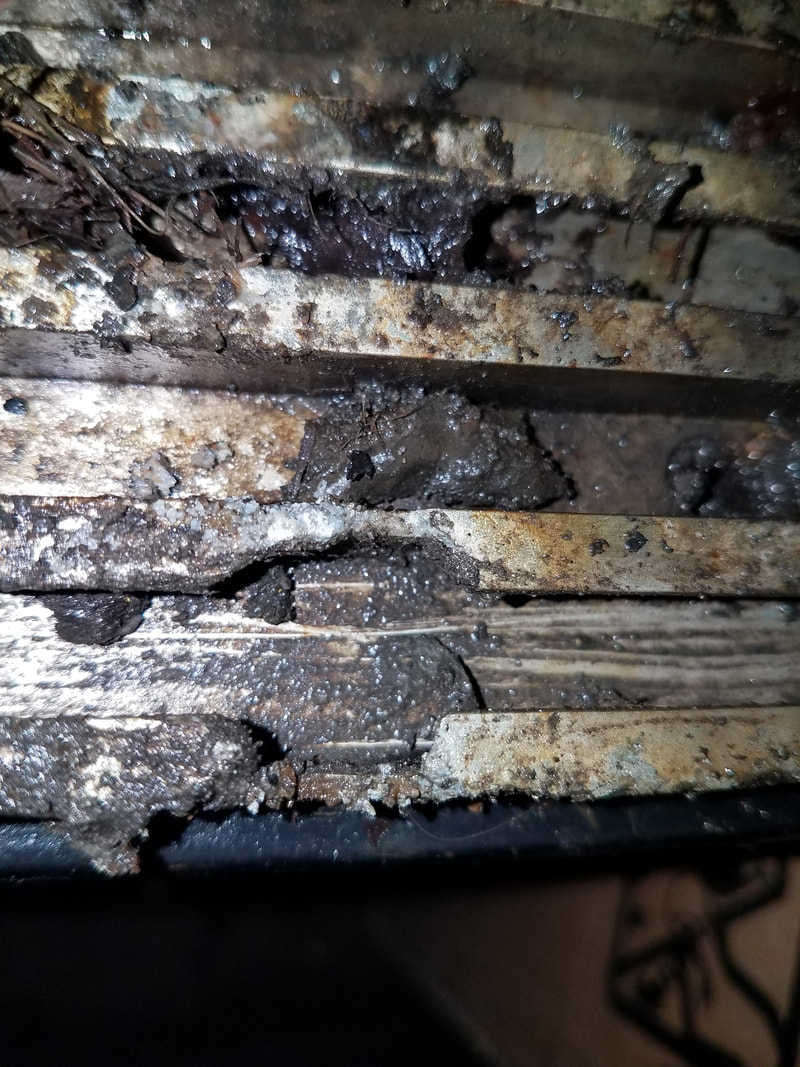
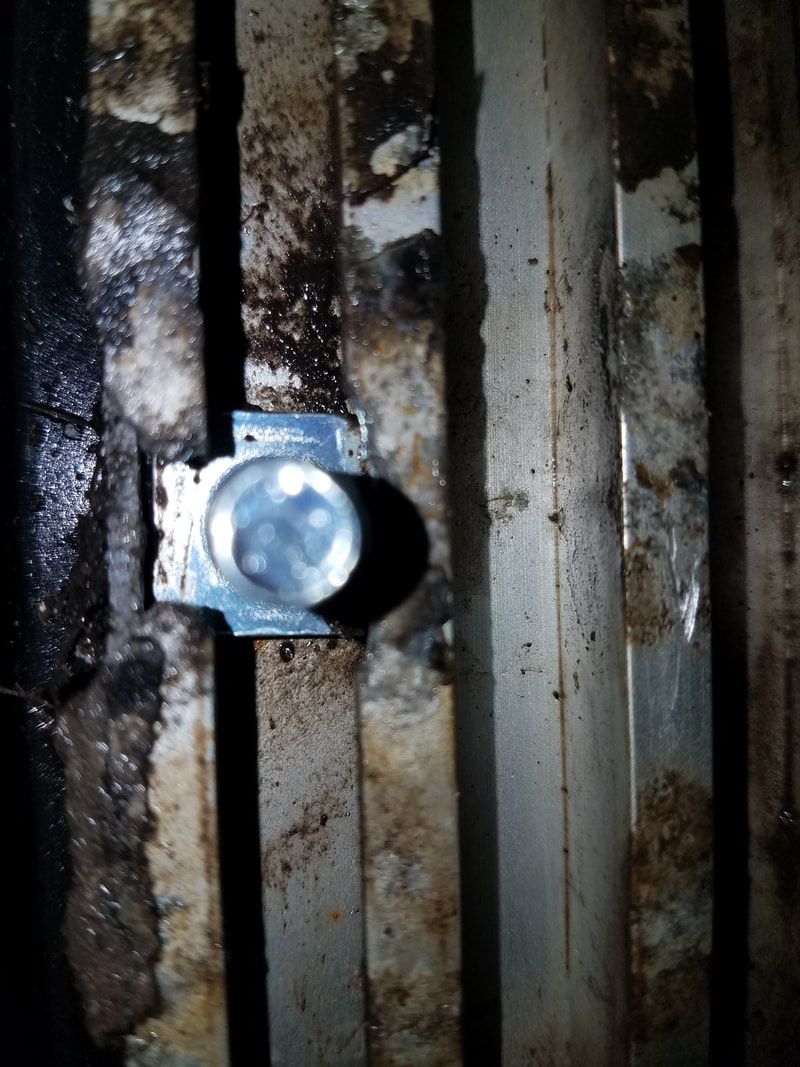
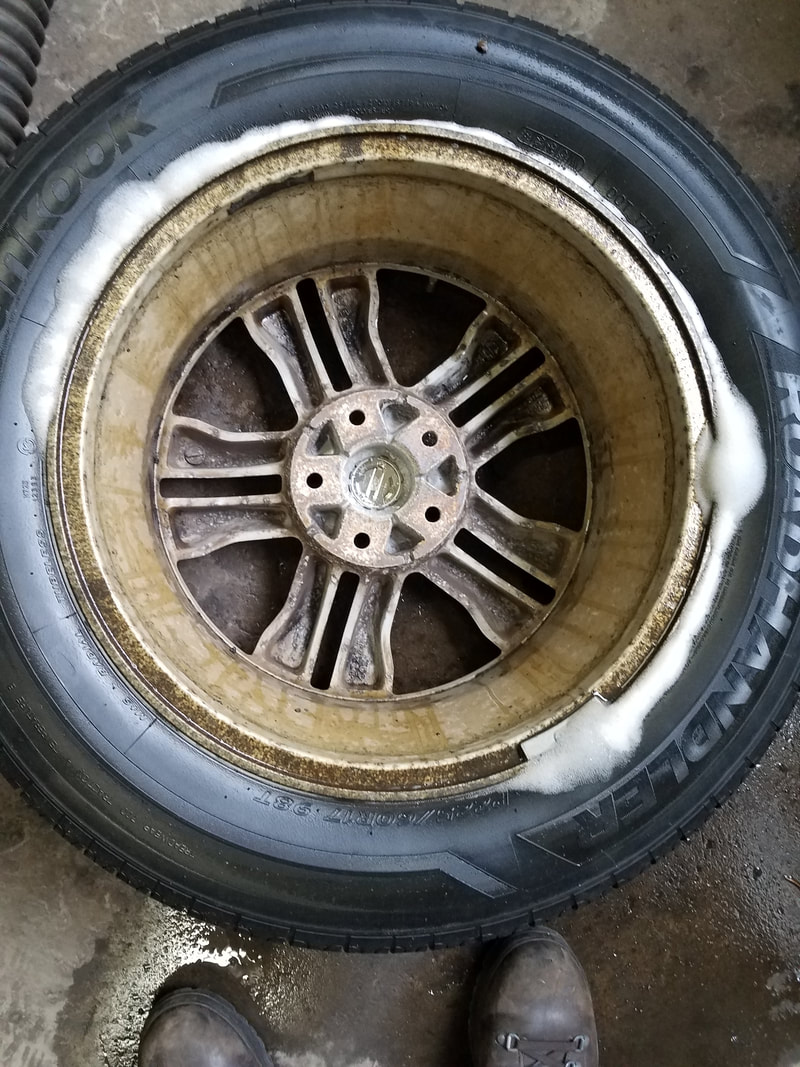
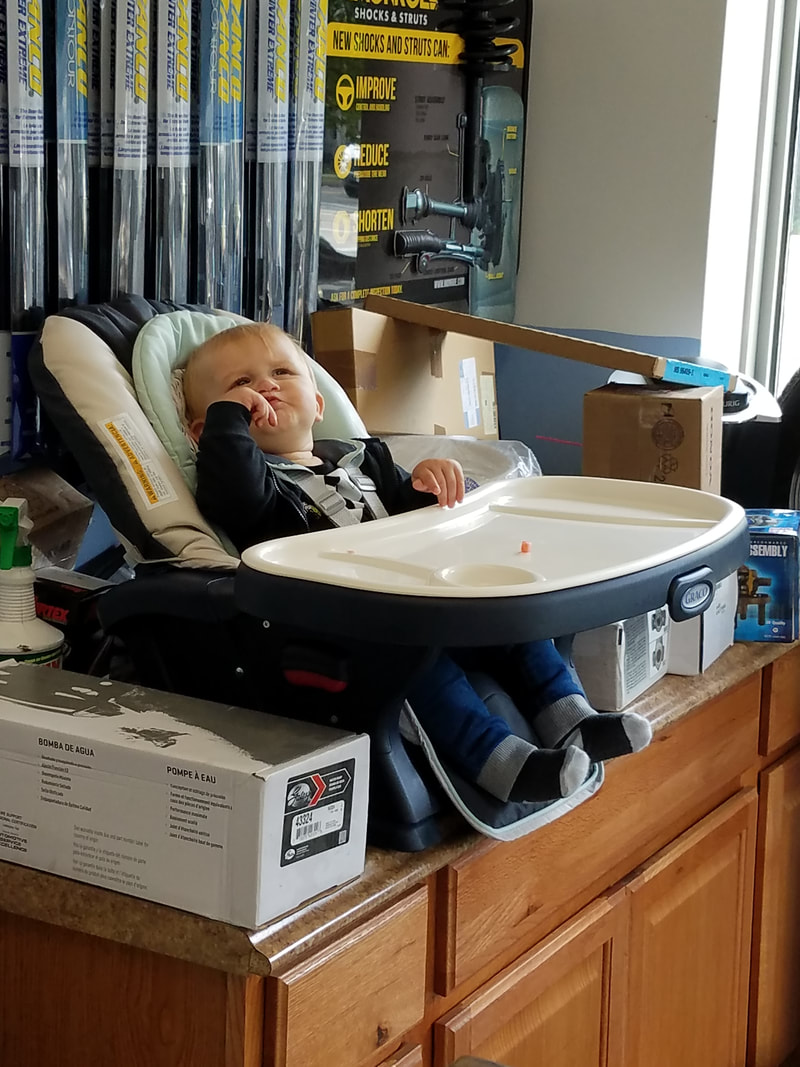
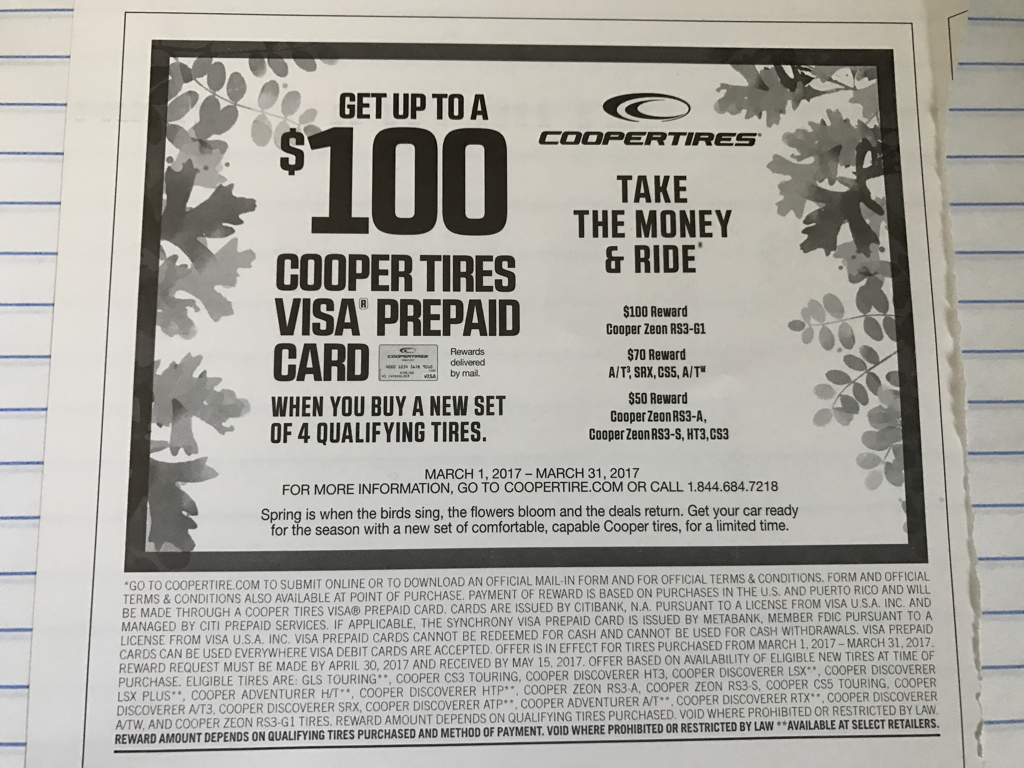
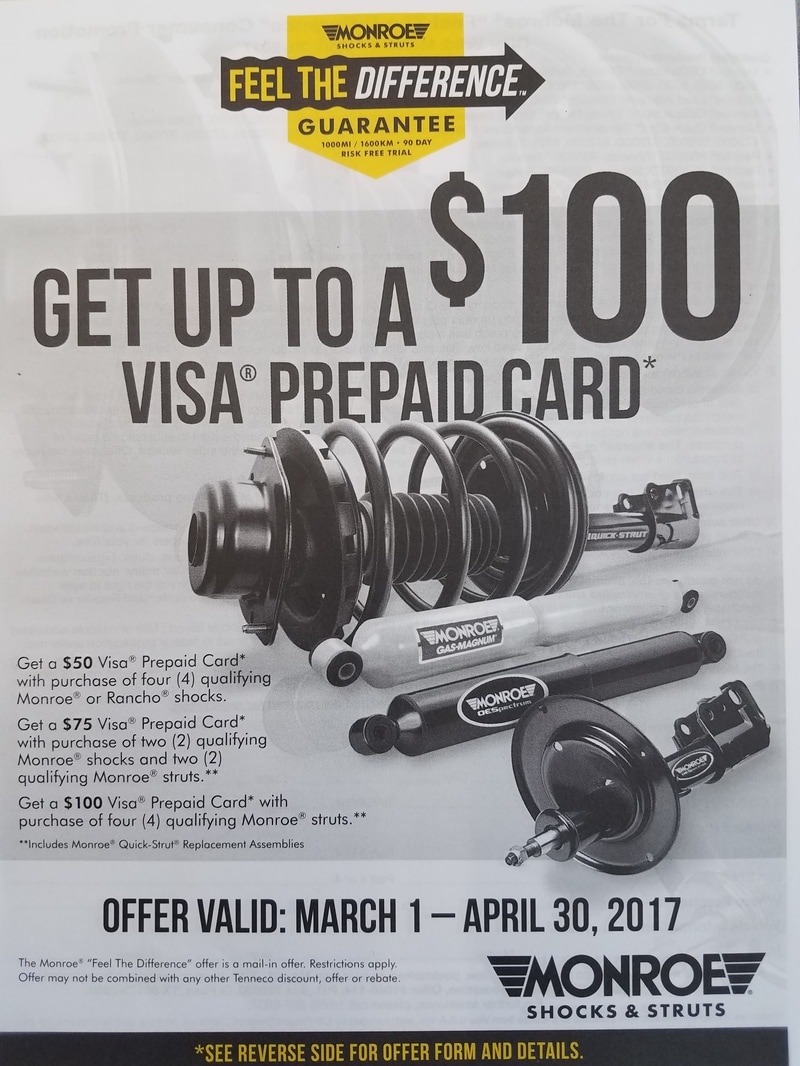
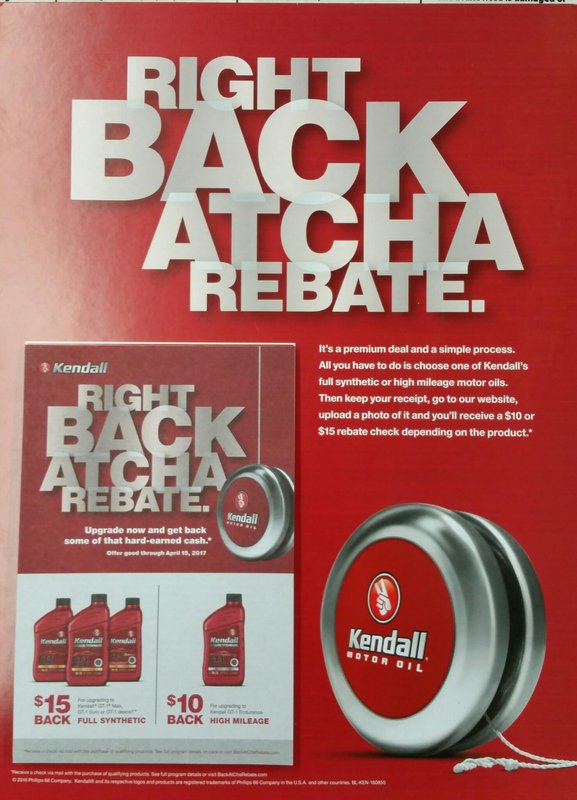
 RSS Feed
RSS Feed